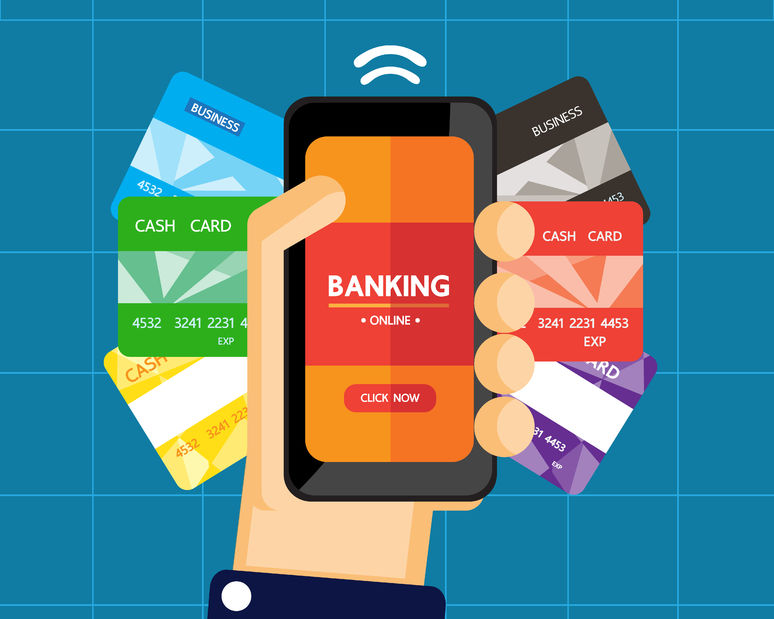
Every country in the world has experienced an increase of electronic payment processing within the last few years. Credit and debit cards continue to charge forward rapidly as the preferred method of consumer payment.
Several controversies surround credit and debit interchange fees. Over the past few years, discussions about interchange have heated up. In some countries, such as the US, interchange has increased. In Australia, interchange has decreased. Debates over interchange continue to rage in countries throughout the world.
For acquiring banks interchange is a cost of providing services to merchants. For issuing banks interchange is a fee obtained for providing their services to cardholders
An increase in the interchange fees means an increase in the fee issuers receive for every card transaction their customers undertake. An increase in the interchange fee leads to an increase in acquirers’ costs for every card transaction processed. Therefore, acquirers ultimately respond to an increase in the interchange fee by increasing their merchant fees. The merchants, of course, pass the cost on to buyers in the form of increased price of goods.
If interchange decreases, issuing banks receive less money. Issuers seek to make up lost revenues through other means. For example, an issuing bank may reduce card holder benefits associated with a card. Or, the bank may begin to charge cardholders additional fees.
No matter which way interchange goes, banks make money. And consumers pay the costs.
Visit paynetsecure.net for payment processing solutions.
Topics
- Payment Processing Trends in the Gaming Industry
- The Future of Payment Processing: Trends and Innovations
- Choosing the Right Payment Processor for Your Gaming Business
- No Chargeback vs Traditional Payment Processors
- The Impact of No Chargebacks on Customer Trust
- Fraud Prevention in No Chargeback Merchant Accounts
Categories
- adult merchant accounts (7)
- alternative payments (10)
- Blockchain Merchant Account (1)
- chargeback (11)
- Chargeback Prevention (7)
- Cloud Payment Processing (1)
- Contactless Payment Processing (1)
- crypto currency merchant account (5)
- debt collection merchant account (1)
- Direct Response Merchant Account (1)
- ecigarette merchant account (1)
- Ecommerce (8)
- fantasy sports (2)
- Fantasy Sports Merchant Account (3)
- Forex Merchant Accounts (1)
- Global eCommerce (13)
- health care credit card processing (4)
- high risk merchant account (139)
- high risk payment gateway (44)
- high risk processing (72)
- Independent Software Vеndоrѕ (2)
- International Merchant Account (13)
- international merchant accounts (28)
- international payments (24)
- medical billing (4)
- merchant accounts (25)
- mobile payments (7)
- MOTO merchant account (1)
- Multiple Currency Payment Processing (5)
- nutra merchant account (5)
- Nutraceutical Merchant Account (5)
- offshore merchant accounts (11)
- Online Dating Merchant Account (1)
- Online Gaming Merchant Account (3)
- Online Gaming Merchant Accounts (4)
- p2p network payment processing (1)
- payment gateway (22)
- Payment Gateway Chargebacks (4)
- payment processing (60)
- payment processing gateway (65)
- Payment Processing Merchant Account (23)
- payment processing system (42)
- recurring billing (12)
- recurring payments (14)
- SaaS Billing (10)
- SaaS Payment Gateway (1)
- SasS Payment Processing (2)
- Secure Payment Processing (25)
- Telemedicine Merchant Account (1)
- Travel Agency Merchant Accounts (4)
- travel industry merchant account (4)
- travel industry payment processing (3)
- travel merchant account (3)